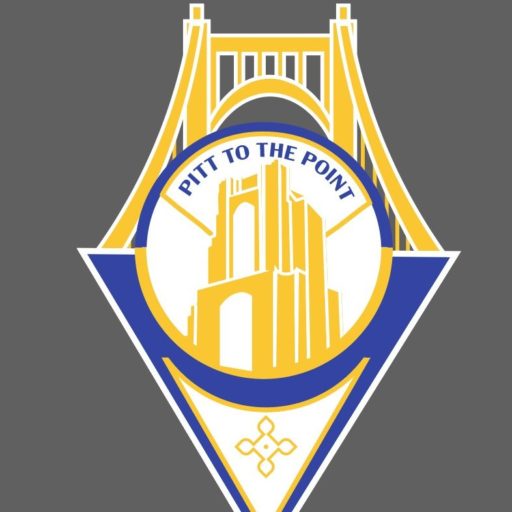PITTSBURGH, PA (PTTP) — As the Steel City gears up for warmer weather, bicyclists are rolling onto the streets in droves, but safety remains a paramount concern in navigating Pittsburgh’s urban landscape.
With its hilly terrain and bustling thoroughfares, cycling in Pittsburgh presents unique challenges. However, adhering to key safety practices can make all the difference for riders.
Hand signals are a crucial aspect of safe cycling, particularly in a city where traffic can be dense and unpredictable. Pittsburgh’s cyclists are encouraged to use clear and consistent hand signals to communicate their intentions to motorists and fellow riders alike. Signaling turns and stops helps to mitigate the risk of accidents and fosters a smoother flow of traffic.
Sticking to designated bike lanes is another essential guideline for safe cycling in Pittsburgh. These lanes provide a dedicated space for cyclists, reducing the likelihood of conflicts with motor vehicles. By respecting bike lanes, riders can minimize their exposure to traffic and enhance their visibility to drivers.
Navigating Pittsburgh’s hilly terrain requires skill and caution. Cyclists should approach inclines with care, adjusting their speed and gear accordingly. Additionally, descending steep hills demands heightened attention and control to avoid accidents. Utilizing brakes judiciously and maintaining a stable posture can help cyclists safely negotiate the city’s slopes.
Encountering obstacles such as potholes, debris, and uneven surfaces is inevitable on Pittsburgh’s streets. Cyclists must remain vigilant and proactive in scanning the road ahead, anticipating potential hazards, and adjusting their course as needed. Maneuvering around obstacles with confidence and precision is key to staying safe on the city’s bustling thoroughfares.
For those venturing out during the evening hours, adding safety lights to bicycles is essential. Illuminating the bike with front and rear lights greatly enhances visibility, ensuring that cyclists remain conspicuous to motorists and pedestrians alike. Reflective gear and clothing further bolster visibility, reducing the risk of accidents in low-light conditions.
Above all, awareness and caution are paramount for cyclists navigating Pittsburgh’s streets. By following established safety protocols, including hand signals, staying within bike lanes, adapting to the unique challenges of the urban landscape, and incorporating safety lights for nighttime rides, riders can enjoy a safer and more enjoyable cycling experience in the Steel City.
As Pittsburgh embraces cycling as a viable mode of transportation and recreation, prioritizing safety ensures that cyclists can confidently explore the city’s diverse neighborhoods and scenic vistas with peace of mind, day or night.

Credit: Claire Donnellan

